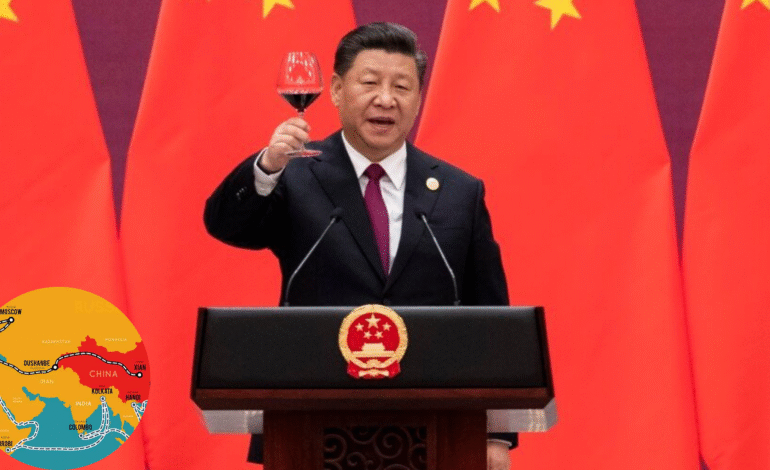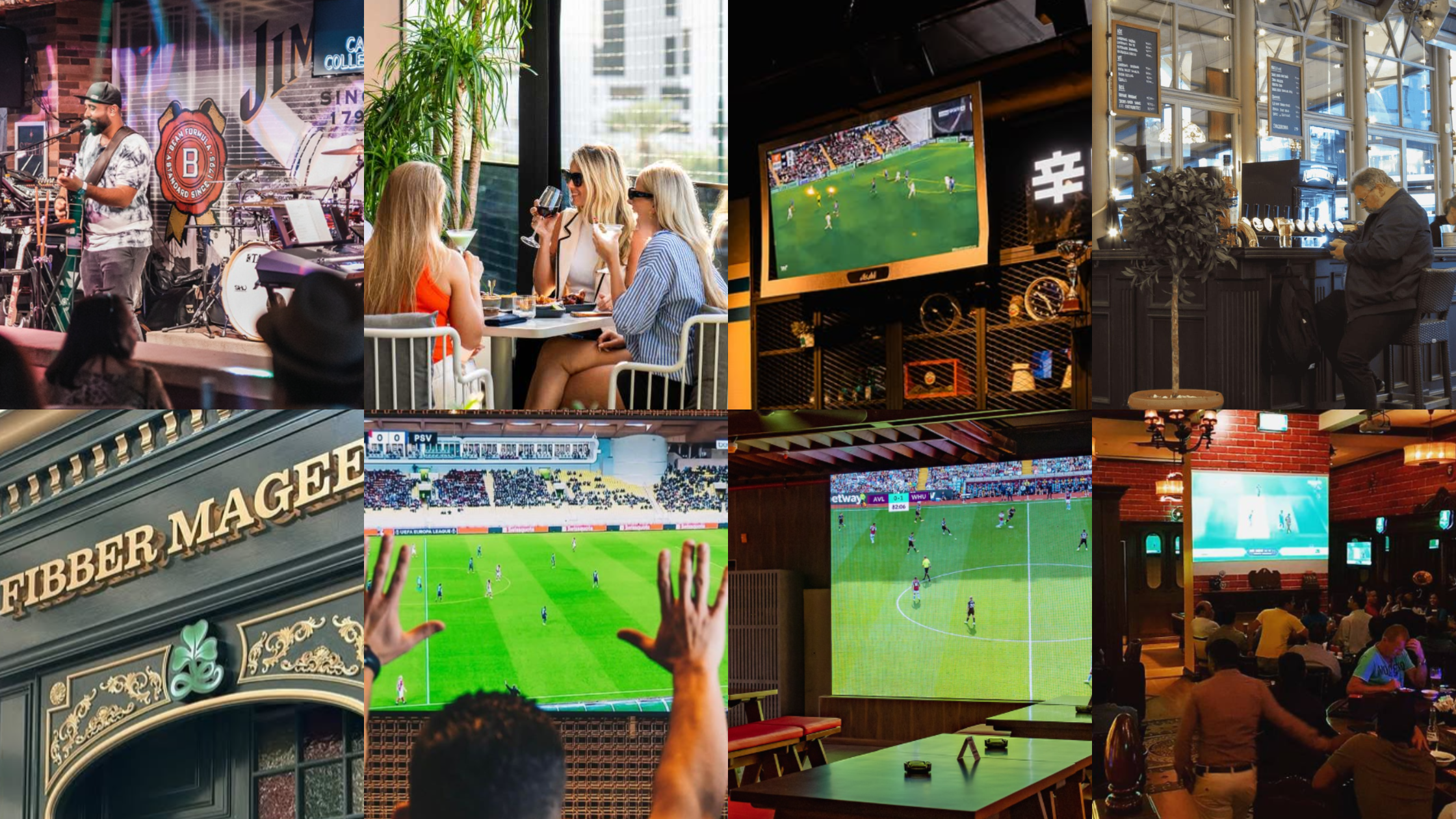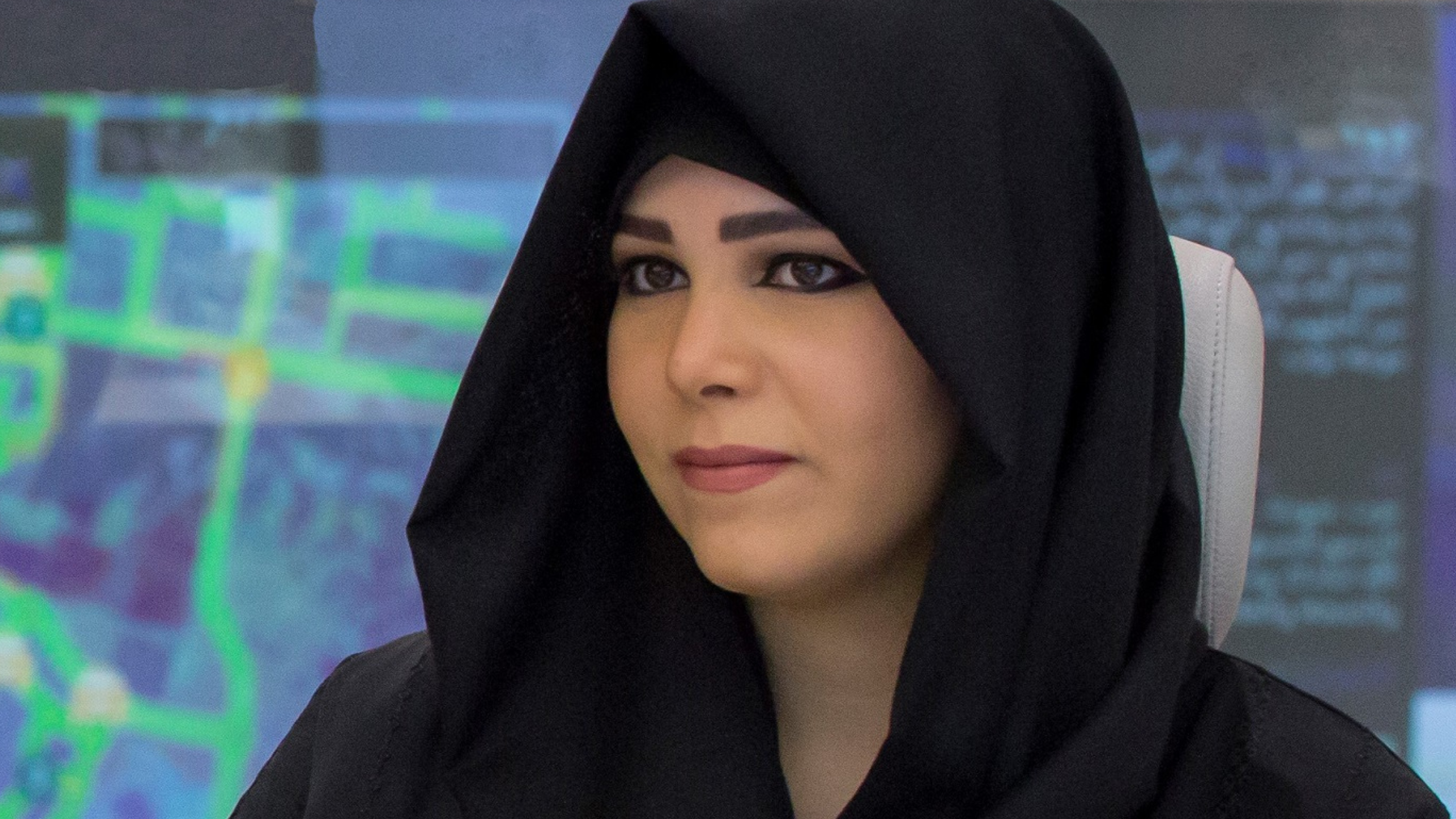China’s Expanding Trade Landscape with Belt and Road Economies

China has witnessed a significant boost in its trade and investment engagement with countries involved in the Belt and Road Initiative (BRI), a development that is reshaping global economic alignments. This growth, highlighted by Vice Commerce Minister Li Chenggang during a recent press conference, is marked by a notable rise in both trade volume and two-way investments with Belt and Road countries. The expansion is not only strategic for China but also offers substantial implications for international stakeholders, including the UAE and wider Middle East region.
The statistics are indicative of a solid upward trajectory. China’s trade with Belt and Road partner countries soared from US$2.7 trillion in 2021 to US$3.1 trillion in 2024. This represents a consistent compound annual growth rate of 4.7 percent over three years. More notably, this trade accounted for 50.7 percent of China’s total foreign trade in 2024, up from 45.3 percent in 2021.
These figures not only underscore the success of the Belt and Road Initiative but also demonstrate the increasingly central role BRI countries play in China’s foreign economic policy. For the UAE and other Gulf economies seeking stronger ties with Asian markets, these numbers offer significant insights into shifting trade dynamics.
Growing Two-Way Investment Between China and BRI Countries
China’s commercial strategy goes beyond trade; it actively involves robust investment initiatives with Belt and Road countries. From 2021 to the first half of 2025, total two-way investment between China and BRI nations surpassed US$240 billion. Of this, over US$160 billion was outbound investment from China into BRI countries, while more than US$80 billion flowed back into China.
This two-way capital movement reflects a high level of mutual confidence and collaboration between China and participating economies. The focus on sustained investment relationships rather than merely short-term gains suggests a long-term vision behind these partnerships. In regions like the Middle East, particularly the UAE, these investment flows align well with national diversification goals, providing avenues for joint ventures, financial partnerships, and sectoral innovation.
Advancing Global Infrastructure Through Engineering Contracts
One of the cornerstones of Belt and Road cooperation is infrastructure development. According to official data, from 2021 through mid-2025, China’s overseas engineering contracts generated a cumulative turnover approaching US$600 billion. These projects span sectors including transport, energy, water resources, and telecommunications.
Such a wide range of engineering activities reflects China’s role as a global infrastructure builder. In Belt and Road countries, these projects enhance critical connectivity, boost logistics capabilities, and directly improve the living standards of local populations. Many of these initiatives also involve technology transfer, training, and local employment, ensuring sustainable outcomes.
For Gulf countries such as the UAE, China’s infrastructure model presents attractive collaboration opportunities particularly in the development of port logistics, transport corridors, and smart city frameworks. As the UAE continues to invest in its own national infrastructure, partnerships with Chinese firms executing BRI projects could prove mutually advantageous.
China Targets Strategic Sectors: Digital, Green, and Blue Economies
China’s BRI engagement has evolved far beyond physical infrastructure. The focus now includes strategic sectors such as the digital economy, the green economy, and the blue economy. These sectors are considered future engines of sustainable development and innovation, and they are increasingly prioritized in China’s international cooperation agreements.
To date, China has signed investment cooperation memoranda with more than 50 Belt and Road countries in these strategic domains. These agreements emphasize developing digital infrastructure, green energy projects, environmental technologies, and marine innovation systems.
This approach aligns well with the UAE’s own national visions. The Emirates have made major strides in digital transformation, sustainability, and marine economy development. The convergence of Chinese capital and UAE policy focus creates fertile ground for cooperative initiatives in artificial intelligence, clean tech, and smart logistics.
Silk Road E-Commerce Partnerships Reach 36 Countries
Digital trade under the “Silk Road E-Commerce” initiative is rapidly gaining ground. China’s cooperation under this umbrella now includes 36 partner countries. This aspect of BRI is vital in creating seamless online commerce routes, improving digital customs procedures, and establishing e-logistics frameworks across borders.
As the world becomes more reliant on digital economies, cross-border e-commerce will play a pivotal role in determining export success, especially for small and medium-sized enterprises (SMEs). These platforms offer countries like the UAE new opportunities for their products to reach diverse international markets efficiently.
With e-commerce becoming a key driver of retail and wholesale trade, Silk Road digital corridors could enable UAE entrepreneurs and logistics hubs to scale operations through strategic integration with China-led digital systems.
Infrastructure Connectivity: Building Trade Corridors for the Future
One of the core goals of the Belt and Road Initiative is improving transcontinental infrastructure. These include overland corridors, maritime routes, energy pipelines, and digital communication networks. Each of these components enhances trade logistics and regional integration.
China’s emphasis on connectivity is not only economic but also geopolitical. Better-connected BRI nations form a shared economic architecture that benefits all participants. For the Middle East, this means increased relevance as a central link between Asia, Africa, and Europe.
The UAE, with its established ports in Dubai, Abu Dhabi, and Sharjah, is naturally positioned to act as a logistical and digital transit hub for goods and data moving between East and West. Improved Belt and Road corridors may eventually reduce shipping times, lower freight costs, and encourage more foreign direct investment into the UAE.
Human Capital Development and Localized Talent Empowerment
A less frequently discussed but important element of BRI cooperation is the emphasis on talent development. Chinese-backed infrastructure and technology projects often include components focused on local employment and training programs. These help transfer skills and create long-term employment benefits in host countries.
From 2021 to 2025, many Belt and Road infrastructure and digital projects incorporated workforce training schemes, local capacity building, and scholarship opportunities. These initiatives help create a sustainable base of human capital in emerging markets.
The UAE’s strategic interest in developing a skilled knowledge-based economy makes this a valuable area for bilateral cooperation. Joint training programs, innovation exchange platforms, and university-level research collaborations with Chinese institutions could support the UAE’s ambition to become a leading talent hub in the Arab world.
Belt and Road Growth Has Global Repercussions
The Belt and Road Initiative has become more than just a policy project; it is now an integral part of the global trade and investment architecture. China’s increasing connectivity with BRI economies means that decisions made in Beijing and Guangzhou are now closely linked with developments in Dubai, Nairobi, Jakarta, and Istanbul.
The initiative has matured from an infrastructure-heavy approach into a multifaceted cooperation model, encompassing energy, finance, culture, education, and advanced technologies. For observers and businesses in the UAE and broader Middle East, understanding these dynamics is key to identifying new investment channels, joint ventures, and export strategies.
As BRI deepens, new regional trade blocks and digital corridors are likely to emerge, providing previously inaccessible markets for UAE exporters and importers.
Strategic Alignment With Belt and Road Priorities
China’s sustained engagement with Belt and Road countries, as reflected in rising trade volumes, expanding investment, and diversified cooperation, marks a major shift in the world’s economic center of gravity. The initiative has redefined how countries think about economic development, infrastructure, and international partnerships.
For the UAE, which already maintains strong economic ties with China, the continued expansion of the BRI offers clear opportunities for enhanced connectivity, sustainable project financing, and digital trade integration. Whether through Silk Road e-commerce platforms, green infrastructure collaborations, or education and innovation exchange, the path forward is one of deeper synergy.
Policymakers, investors, and businesses in the Gulf region would benefit from tracking China’s evolving BRI strategy—not only as an external phenomenon but as a framework for shaping their own economic future.








1 Comment
[…] JCPOA, signed in 2015 between Iran and six world powers (the UK, France, Germany, China, Russia, and the U.S.), was a landmark agreement that aimed to curtail Iran’s nuclear […]
Comments are closed.